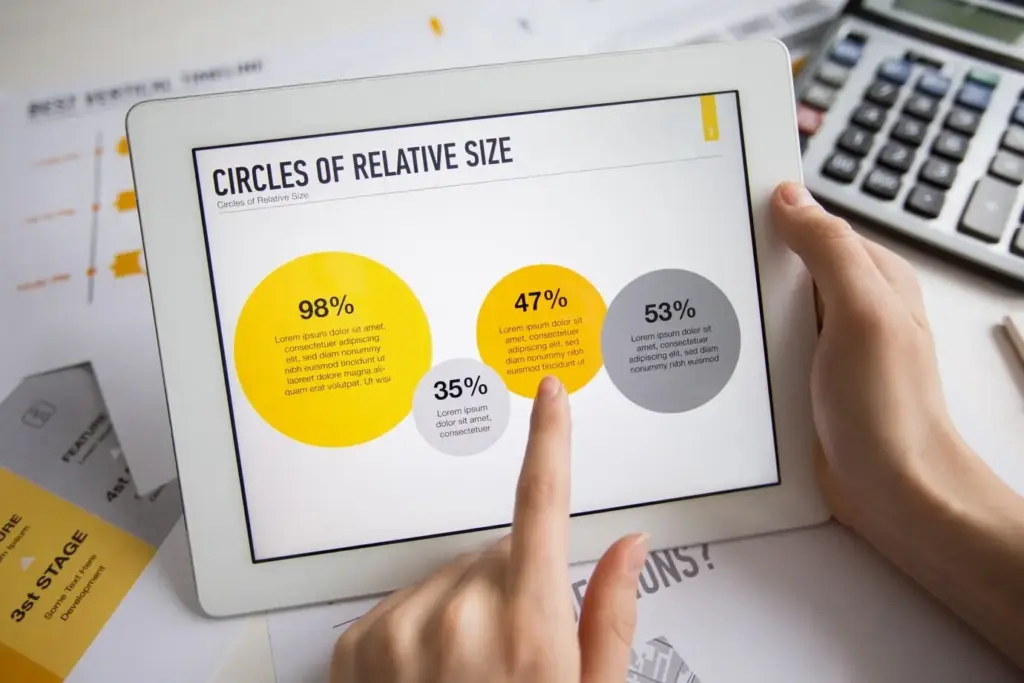Make Every Upgrade Count: Payback and ROI After Your Home Audit
Your audit delivered a list of promising upgrades, but numbers decide what happens next. Today we focus on calculating payback and ROI from audit-recommended home upgrades, turning estimates into confident choices that respect your budget, comfort, and long-term plans. You will learn to translate utility data, incentives, and lifespans into clear metrics, compare alternatives like insulation versus heat pumps, and understand when comfort and health justify longer horizons. Expect practical formulas, lived examples, and a step-by-step worksheet you can adapt quickly. Ask questions, share bill data, and subscribe for new calculators and updates.

Prioritize High-Impact Measures First
Start with envelope leaks, duct sealing, and insulation before chasing flashy equipment, because cutting loads first improves every downstream choice and often lets you right-size systems. Use screening criteria like potential dollar savings, cost range, interaction with other measures, and installation complexity. A short preordering exercise saves money, reduces project fatigue, aligns contractors around a coherent scope, and improves comfort quickly. Invite household members into the priorities conversation so acceptance, scheduling, and disruption considerations are captured early.
Gather Accurate Inputs Without Paralysis
Two months of bills can mislead badly. Pull at least twelve months of electric, gas, or oil data, note rate tiers, demand charges, and fees, and observe seasonal usage patterns. Ask auditors for modeled savings assumptions, baseline conditions, and measurement units. Photograph nameplates, window stickers, and attic depth with a ruler for clarity. Use conservative installed cost estimates from multiple contractors. Better inputs beat complicated math every time, because confidence in assumptions determines whether your payback and ROI truly guide action.
Crunching the Numbers: Payback, NPV, and ROI Explained
Simple Payback That Actually Informs Decisions
Simple payback equals total installed cost minus incentives divided by annual bill savings, expressed in years. It is quick, intuitive, and great for comparing first steps like air sealing or LED retrofits. Yet it ignores lifespan, maintenance, and cash flow timing. Use it as a first filter, then advance worthy candidates to deeper analysis. Add a quick sensitivity band by varying savings plus or minus twenty percent to see whether a measure remains attractive even when the world refuses to be average.
ROI That Reflects Real Ownership
Annualized ROI compares net annual benefit to invested capital after incentives, capturing more nuance than simple payback. Include avoided energy costs, maintenance deltas, and any performance guarantees. Divide by net cost and annualize properly if benefits change over time. This lets you judge whether upgrading windows beats adding attic insulation or a smart thermostat. Include risk by using conservative benefits and stress testing worst-case scenarios. ROI plays well with household decisions because it mirrors how people view savings accounts and competing investments.
NPV and Discount Rates for Long-Term Upgrades
Net present value discounts future cash flows to today, honoring the fact that money now is worth more than money later. Choose a discount rate reflecting your opportunity cost, risk tolerance, and financing terms. Model annual savings, maintenance, and replacement events across the measure’s lifespan. Include tax credits in year one and rebates at actual disbursement timing. NPV exposes when longer-lifespan improvements, like insulation or envelope sealing, outperform sexier gadgets, even if payback seems longer, because compounding savings across many years dominate the decision.

Starter Bungalow With Drafts and High Winter Bills
A 1940s bungalow faced cold rooms and a humming furnace. Air sealing and R-38 attic insulation were tackled first, reducing heating load by twenty-eight percent. Simple payback landed near three years after a utility rebate. ROI improved further when the downsized heat pump replaced the oversized furnace, trimming peak demand. The family reported quieter nights, fewer colds, and finally closed two seldom-used rooms. Post-upgrade bills verified savings within nine percent of projections, validating conservative assumptions and the sequence-first approach suggested by the audit.

Historic Home Balancing Character and Efficiency
A prewar home needed efficiency without compromising original windows and trim. Interior storm inserts, targeted weatherstripping, and duct sealing delivered steady savings with minimal visual change. Simple payback looked long, but NPV shined because storm inserts last decades with tiny maintenance. Comfort improved immediately, reducing drafts around favorite reading spots. An appraisal noted energy-oriented upgrades and comparable sales supported a value bump. The owners used our worksheet to communicate choices to preservation-minded neighbors who then replicated the strategy with similar results and fewer surprises.

Rebates and Bonuses Without the Paperwork Headache
Incentives can transform payback and ROI, but only if captured cleanly. Read eligibility details carefully, including model numbers, installation practices, and pre- and post-testing. Time-limited bonuses reward early movers, so prepare documentation during bidding. Ask contractors who file on your behalf to share submitted forms for your records. Track incentive timing in your cash flow model, because checks sometimes arrive months later. If you miss a window, rerun the math honestly rather than assuming money that will not land.

Loans, HELOCs, and On-Bill Repayment Compared
Financing spreads costs and can accelerate comfort, yet interest shifts ROI and NPV. Compare fixed-rate loans, HELOC flexibility, and utility on-bill programs that tie payments to the meter. Consider prepayment options, fees, and the effect of upgrades outlasting the loan term. Model monthly bill savings against monthly payments to confirm cash-flow positivity. If rates rise, explore smaller first-phase scopes while waiting for incentives or better terms. The right fit respects your risk tolerance, equity position, and desire for simplicity.

Stacking Incentives Without Double Counting
When layering tax credits, utility rebates, and manufacturer promotions, order matters. Calculate ROI using the true net cost after all incentives, and ensure you do not claim the same dollars twice in separate programs. Some rebates reduce the eligible basis for tax credits, so check official guidance. Capture timing differences explicitly, showing when benefits actually occur. Keep a simple audit trail with invoices, photos, and serial numbers to survive any verification. Transparency here protects your results and prevents awkward budget surprises later.
Comfort, Health, and Resale: Valuing the Quiet Benefits
Bills matter, but comfort, health, and resale influence satisfaction and long-term value. Convert comfort improvements into tangible metrics using temperature stability, noise reduction, and drafts eliminated. Track health indicators like humidity control, filtration, and combustion safety. For resale, gather local comps noting energy features and disclosure requirements. While not every benefit fits a spreadsheet, narratives, verified data, and appraiser-ready documentation strengthen decisions. Treat these factors as real dividends that compound over time, especially for families planning to stay in the home for years.






Your Personal Calculator and Step-by-Step Worksheet
Turn insights into action with a clear, repeatable process. Build a one-row-per-measure table, capture costs and incentives, estimate annual savings, and select appropriate metrics for your decision horizon. Then run sensitivity tests, review comfort and health notes, and compare bundles to avoid rework. As you update bills or quotes, the worksheet refreshes your payback, ROI, and NPV instantly. Share anonymized results with our community for feedback, and subscribe to receive updated templates when incentive rules or utility rates change.





